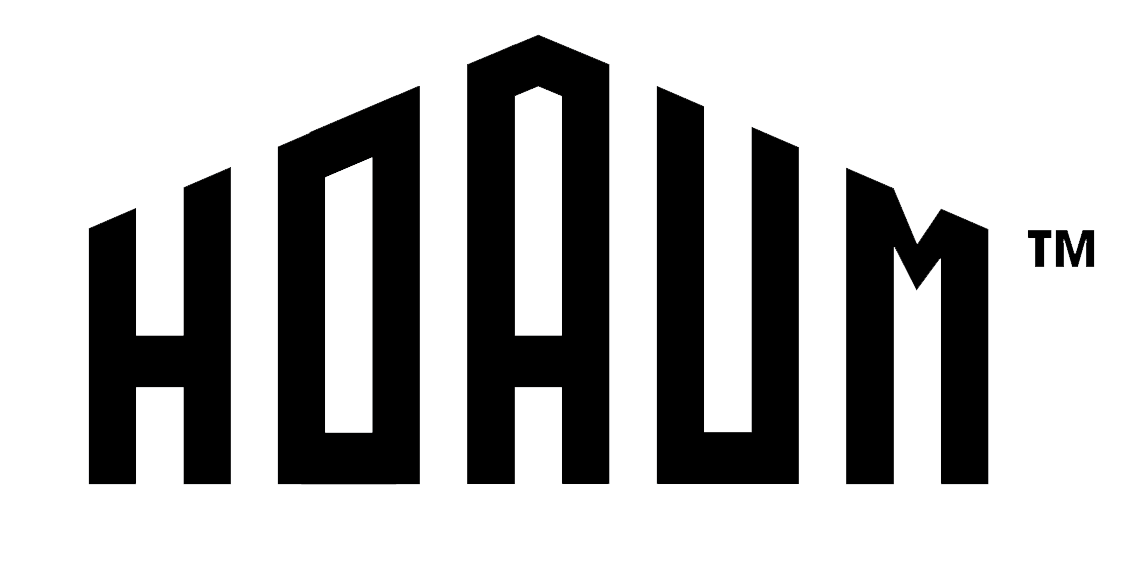Your roof is your home’s first line of defense against the elements, and any damage can lead to costly repairs if not addressed promptly. Spotting roof damage early can save you money and prevent more extensive problems down the line. Here’s how to identify common signs of roof damage, make minor repairs, and know when it’s time to call in a professional.
Common Signs of Roof Damage
- Missing or Damaged Shingles
Look for shingles that are cracked, curled, or completely missing. These are often caused by wind, hail, or natural wear and tear. Missing shingles leave your roof vulnerable to water leaks. - Leaks and Water Stains
Water stains on your ceilings or walls often indicate a roof leak. Check your attic for signs of water intrusion, such as damp insulation or mold growth. - Granule Loss
If you notice granules in your gutters or downspouts, your shingles may be deteriorating. This reduces their ability to protect against UV rays and weather. - Sagging Roof Areas
A sagging roof is a serious issue that often points to structural problems, such as weakened supports or water damage. - Flashing Damage
Inspect areas around chimneys, vents, and skylights for damaged or missing flashing. Flashing prevents water from seeping into these vulnerable areas. - Moss and Algae Growth
Green patches of moss or dark streaks of algae may look harmless, but they can trap moisture and accelerate roof decay. - Increased Energy Bills
A sudden spike in your energy bills could mean your roof’s insulation or ventilation is compromised, causing your HVAC system to work harder.
Steps to Address Minor Roof Damage
- Replace Missing or Damaged Shingles
For small areas of damage, replace shingles using roofing nails and adhesive. Ensure the new shingles match the existing ones in material and size. - Seal Small Leaks
Use roofing sealant to patch minor leaks. Apply it around flashing, vent pipes, or any other areas showing signs of water intrusion. - Clean Gutters and Downspouts
Remove debris from gutters to ensure proper water drainage. Clogged gutters can lead to water pooling and roof leaks. - Remove Moss and Algae
Use a soft brush and a mixture of water and mild detergent to gently scrub away moss or algae. Avoid pressure washing, as it can damage shingles. - Secure Loose Flashing
Use roofing nails or caulk to reattach loose flashing around chimneys, skylights, or vents.
When to Call a Professional
- Extensive Damage
If you notice widespread shingle loss, large leaks, or sagging areas, these are signs of significant structural issues that require professional attention. - Storm Damage
After a major storm, have your roof inspected even if you don’t see visible damage. High winds and hail can cause hidden problems that worsen over time. - Age of the Roof
If your roof is near the end of its lifespan (typically 20–30 years for asphalt shingles), frequent repairs may indicate it’s time for a replacement. - Mold or Rot
Mold or rot in the attic often signals water damage that has gone unnoticed. A professional can assess the extent of the issue and recommend repairs. - Chimney or Skylight Issues
Complex repairs around chimneys or skylights require expertise to ensure proper sealing and flashing installation.
Tips for Hiring a Roofing Professional
- Check Credentials
Ensure the contractor is licensed, insured, and bonded. - Read Reviews
Look for reviews or testimonials to gauge their reputation and quality of work. - Request a Detailed Estimate
Get a written estimate that includes labor, materials, and a timeline. - Ask About Warranties
A good contractor will offer warranties for both materials and workmanship.
Preventative Maintenance Tips
- Schedule Regular Inspections
Have your roof inspected by a professional at least once a year and after severe weather events. - Clean Debris Regularly
Remove leaves, branches, and other debris from your roof to prevent moisture buildup. - Trim Overhanging Branches
Keep nearby trees trimmed to prevent branches from damaging your roof during storms. - Ensure Proper Ventilation
Adequate attic ventilation prevents moisture buildup and extends the lifespan of your roof.
The Cost of Roof Repairs
- Minor Repairs: $150–$1,000 (e.g., replacing a few shingles or sealing small leaks).
- Moderate Repairs: $1,000–$3,000 (e.g., flashing replacement or repairing localized water damage).
- Major Repairs or Replacement: $5,000–$20,000+ (e.g., widespread damage or complete roof replacement).
Final Thoughts
Spotting roof damage early and taking prompt action can save you from costly repairs and extend the life of your roof. By knowing the signs of damage, performing minor maintenance, and calling a professional when needed, you can keep your roof in excellent condition for years to come. Your roof is a vital investment—protect it wisely.
